Between our country’s devastating opioid epidemic and the side effects associated with over-the-counter (OTC) pain relievers like ibuprofen, it is not surprising that many of us are looking for other ways to address our pain.
Luckily, nature does offer some with safe and gentle alternatives to pharmaceuticals and OTC pain meds. Here are four of my favorite herbs for pain:
Turmeric

This vivid, yellow spice contains anti-inflammatory compounds, known as curcuminoids, that have been shown to be beneficial for relieving joint pain. In fact, Tuft’s researchers published a systematic review of clinical trials showing that turmeric/curcuminoid preparations were similar in effectiveness to nonsteroidal anti-inflammatory medications for relieving knee osteoarthritis with a good safety profile. Check out the benefits of turmeric in this blog. To purchase turmeric powder, click here.
Look up some of our recipes that have this super-healing root:
- Yellow Mung Soup
- Curry Leaf Shrimp
- South Indian Potato Curry
- Sautéed Asparagus
- Stuffed Bell Peppers
- Rainbow Chard Red Lentil Stew
Peppermint
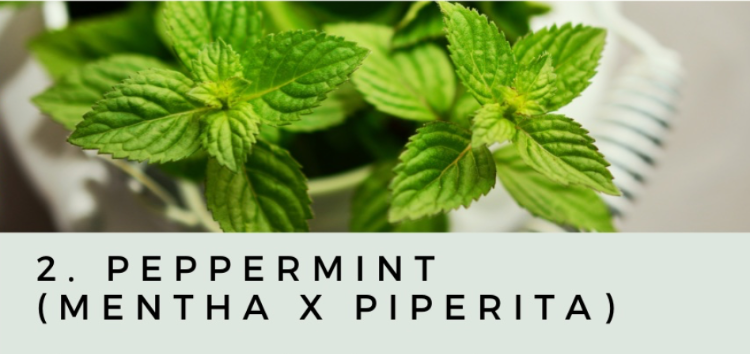
I love peppermint for easing sore muscles and soothing tension headaches. You can make your own body oil by blending 4-8 drops of peppermint essential oil into four ounces of almond, jojoba, or other neutral smelling oil. Massage into sore muscles or the temples and back of neck for tension headaches. Peppermint oil in enteric coated capsules have been shown to be safe and effective for relieving the pain of irritable bowel syndrome (IBS).
Want to incorporate mint into your cuisine? Check out a few of our recipes:
- Refreshing Watermelon-Mint-Ginger Smoothie
- Brown Rice Vegetable Pulao
- Spicy Mint Sea Bass
- Quinoa Vegetable Pulao
California Poppy
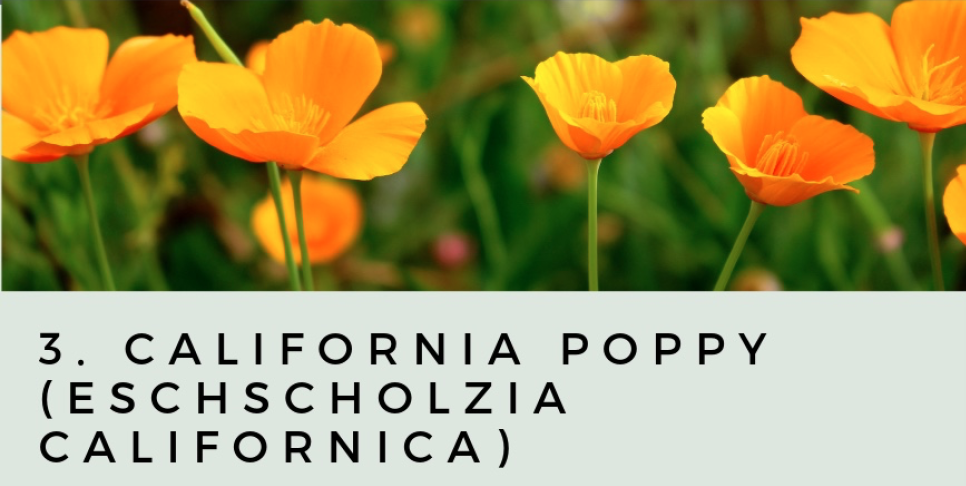
One of my favorite North American herbs, California poppy is excellent for relieving minor aches and pains, and it’s not addictive like its cousin, the opium poppy. It was used by indigenous peoples for toothache, headache and as a sedative. I often use it when aches and pains make it hard to sleep. Read this detailed article on how to use it. For the tincture, click here. For a pill supplement, click here.
Kava
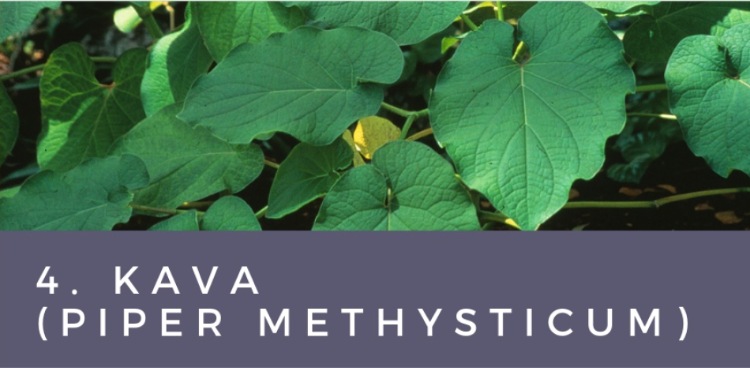
This South Pacific member of the pepper family, has long been used to relieve anxiety and minor pain. While not botanically related to marijuana (Cannabis sativa, C. indica), compounds in kava have been shown to interact with the endocannibinoid system, which may partially explain its physiological effects. I find it very helpful for muscle tension. To buy kava root, click here. You can also check out kava in capsule form here.
Note:
If you are pregnant, breastfeeding, or taking prescription medications, talk to your physician or midwife before using botanicals or dietary supplements.
Natural Healing Modalities for Pain
In addition or in place of herbal remedies, I hope you consider other healing modalities that can help ease your pain.
Acupuncture
Originating in China, this ancient therapy has been used for thousands of years to treat a wide array of health conditions. Today, access to skilled acupuncturists has grown in large cities and small towns as research continues to support this time-honored wisdom; specifically the role that acupuncture can play in addressing chronic pain. Check with your insurance provider, as acupuncture is often covered for pain-related conditions.
Manual Medicine
I am a firm believer in the role of manual medicine to help alleviate pain. I witnessed the beneficial effects first hand during the many years I worked as a massage therapist and then as a physician referring patients for massage, chiropractic, osteopathic or physical therapy treatments. Physical therapy, osteopathy, and chiropractic is often covered by insurance.
Yoga
There’s a reason why this practice has been embraced by the masses and practitioners alike. Not only does it offer a wide range of physical benefits like increased flexibility, less muscle tension, and relief from chronic back pain, it also decreases stress, elevates mood, and improves sleep. Plus, when you take a yoga class, you get the added bonus of human connection—something we all need. Check out these simple yoga stretches to ease lower back pain.
Dr. Ron Sinha uses several techniques from Esther Gokhle and others to describe different pain modalities without needing surgery in this blog article.
Ayurveda
This ancient Indian science may hold some answers to pain management. The lifestyle components of Ayurveda—such as positive relationships, nurturing emotions, massage, balanced activity, rest, and diet—are some of the means to re-balance, strengthen, and purify the mind/body variables that lower our pain sensitivity. Love and human touch are other potent pain relievers. Using various herbs like Ashwagandha, Massage Oil and Ghee, Barbara Sinclair describes how she healed her fibromyalgia.
Remember, managing stress, finding strategies for improving sleep, eating a healthy diet, and addressing anxiety and depression are all part of a truly integrated approach to pain.
Do you love our posts and recipes? We’d LOVE to see your creations so click a photo and tag us on Instagram with the hashtag #healthyindian3 and please give a star (★) rating below. Follow us on Facebook, Twitter, Pinterest, Instagram, YouTube & Tumblr for healthy, easy and delicious recipes and lifestyle tips.
*There could be affiliate links in this blog. As an Amazon Associate, we earn from qualifying purchases.
Author Bio:

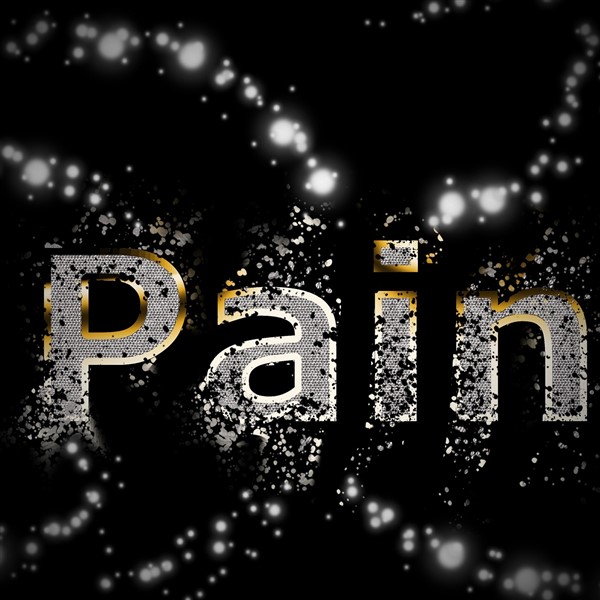

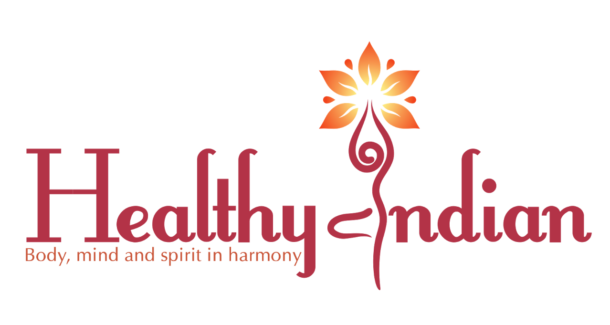
A good write up! Nowadays we have made the habits to take pain killer for every small pain and it has many side effects.
Very true.